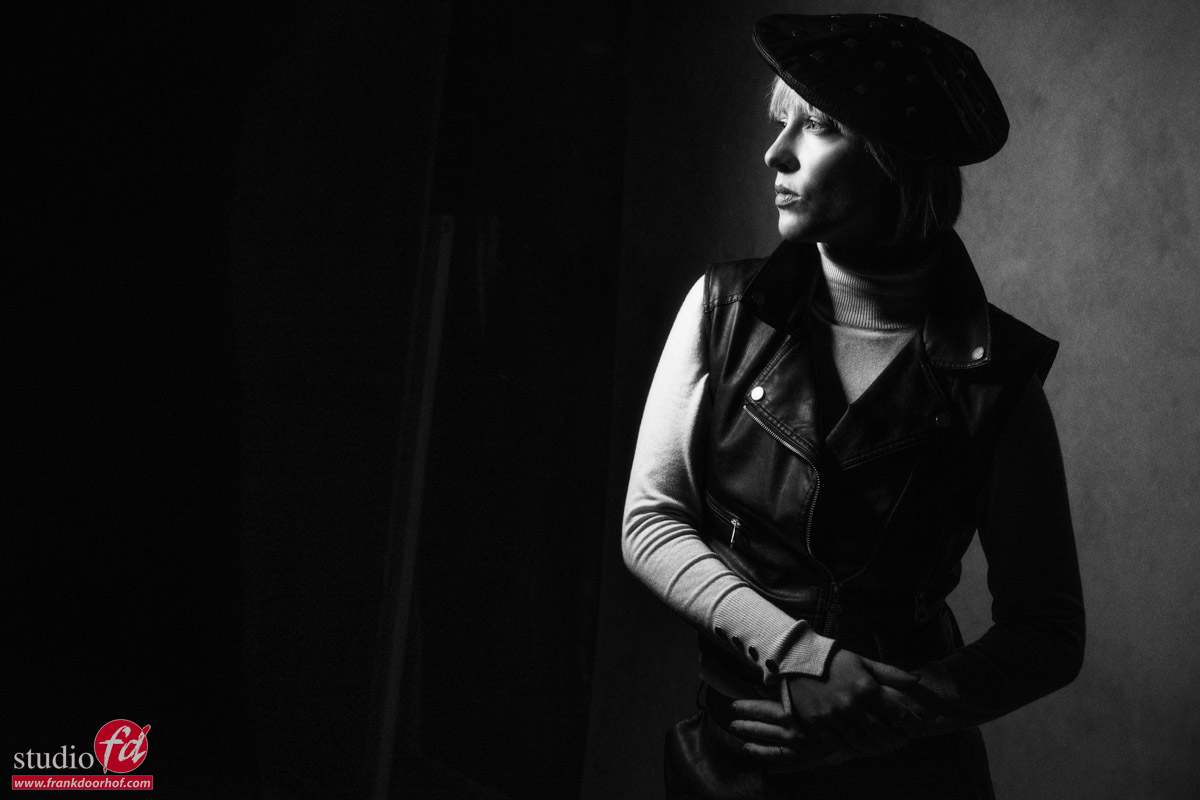Because old glass is so incredibly beautiful
Lenses can be a money trap
There will always be something new, better and cooler.
And lenses are no exception. But is it always necessary to upgrade your lens?
Well sometimes yes, if a lens is a lot faster or has a longer/wider range that you need.
But before you run to the store for the latest and greatest also thing about this alternative.
Old glass is awesome
One of the great things I love about the Sony cameras is that a few years ago I was able to use my vintage M42, Leica R, Minolta etc. lenses on my modern camera as autofocus lenses. And although it won’t break any speed records it actually works great. Those convertors are available from FotoDiox and TechArt but if you want to use something a bit more modern I can highly advise Sony owns convertor like the LA-E5

With a convertor like this you can use older Minolta lenses and A mount Sony lenses on your modern E mount camera.
And the fun thing.
You can get some great deals on vintage Minolta lenses and they are absolutely awesome.
The great Minolta 85mm
For these shots with our model Janaika I’m using the Minolta 85mm F1.4.
Ofcourse with a lens like this you want to shoot close to, or wide open for that very shallow depth of field.
Make sure you also shoot under a slight angle to get that nice smooth silky transfer, when you shoot under a straight angle you will miss that effect for a large part. And for me it just makes the difference. And of course try some from a low angle but portraits like this can also look great from a higher perspective.


But let’s add some depth
To create some extra depth to the image I’m now adding a side/accent light.
My favourite light shaper for this is a nice small striplight with a grid. And thanks to the Geekoto system I can now use gels behind the softbox meaning I can now gel a whole softbox with one gel from our Rogue magnetic system. But in this case I’m not using a gel.
The Geekoto system also makes it possible for me to shoot wide open, the strobes can be set to a very low output, which in this case makes shooting wide open very easy without the need for ND filters.


Also want to visit a workshop?
visit www.fotografie-workshops.nl for the agenda and more information.
















You must be logged in to post a comment.